
Once you have mastered the basics of sewing and are comfortable with the fundamentals, you can move on to learning intermediate sewing techniques. These techniques allow you to take your sewing skills to the next level and create more intricate and professional-looking projects. Here are a few techniques to explore:
1. French Seams
A French seam is a neat and tidy way to enclose raw fabric edges, giving a clean finish to your garments or projects. It is often used for delicate fabrics or to give a polished look to the insides of garments. Here is a step-by-step guide on how to sew French seams.
2. Understitching
Understitching is a technique used to keep facings and linings from rolling out to the right side of the fabric. It helps to create a crisp edge finish and ensures that certain elements of your garment stay in place. This article explains in detail how to understitch like a pro.
3. Pattern Matching
Pattern matching involves aligning the design of the fabric at the seams so that it appears continuous. It requires careful cutting, marking, and sewing to achieve a seamless look. This can be particularly challenging with intricate patterns, but the results are well worth the effort. Check out this tutorial for expert tips on pattern matching.
4. Adding Piping
Piping is a decorative detail that can add a touch of elegance and sophistication to your projects. It can be used to highlight seams, add structure, or create contrast. Learning how to sew in piping requires a bit of practice, but the results can truly make your sewing projects stand out. This guide provides a step-by-step process for adding piping to your sewing projects.
5. Inserting Invisible Zippers
Invisible zippers are commonly used in garments where you want the zipper to be discreet and hidden from view. This type of zipper helps achieve a clean, seamless look. Sewing in invisible zippers can be a bit tricky, but this tutorial breaks down the process into simple steps.
With these intermediate sewing techniques in your arsenal, you’ll be able to tackle a wider range of sewing projects and elevate your creations to the next level. Practice each technique, experiment with different fabrics and patterns, and soon you’ll become a skilled intermediate sewist!
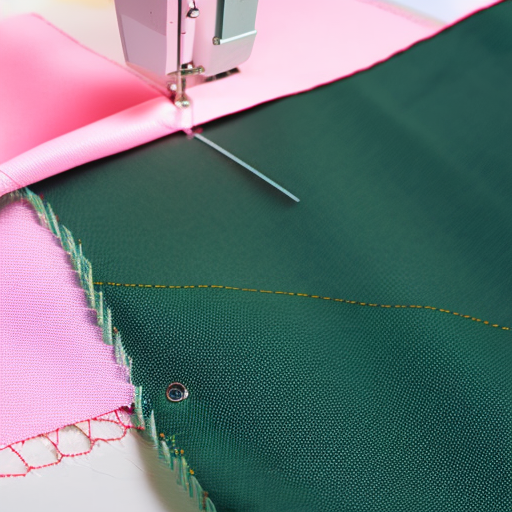
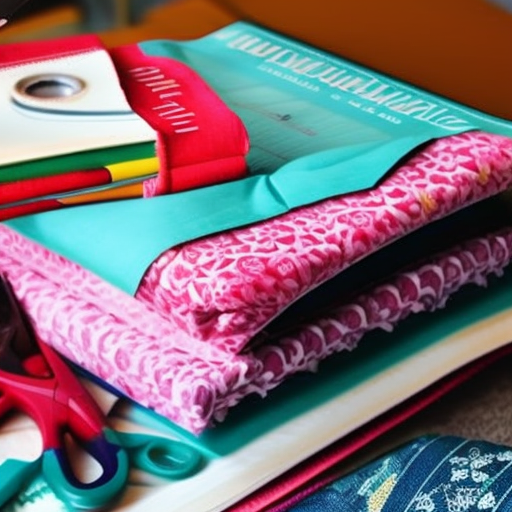
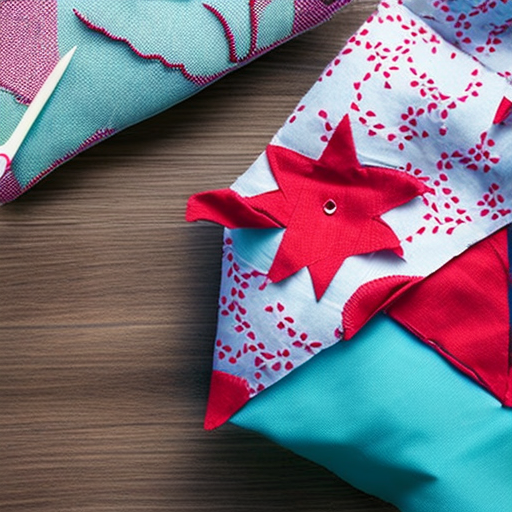
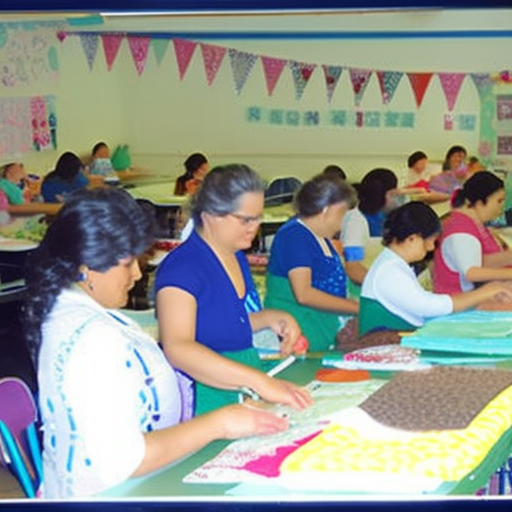
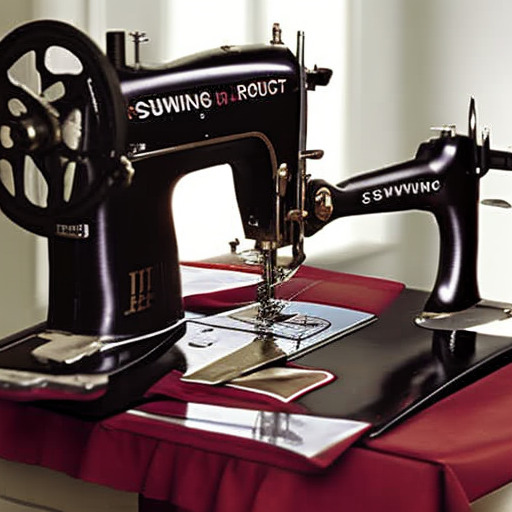
I’m eager to try new techniques.
Elaina Marsh: Sounds like fun!
This sounds really intriguing! I’m excited to learn and implement new sewing methods that I haven’t heard of before–the possibilities seem endless!
Can’t wait to get started!
Let’s get started!
I’m game! Let’s go.
Count me in!
Absolutely! Can’t wait!